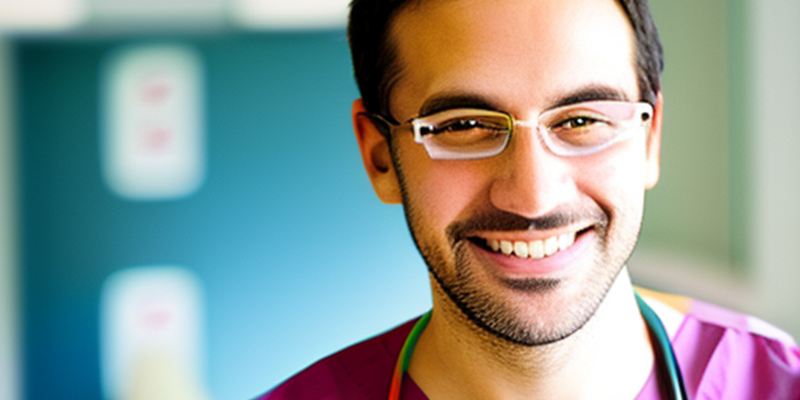One of the most common questions asked by patients is can I can drive after hair transplant surgery. In meetings with their doctors, patients seeking a FUE or FUT hair transplant frequently have a lot of questions. Even while this question may appear minor, it is actually highly important. On the other hand, may feel uncomfortable with the notion of someone else driving.
Can I Drive After Hair Transplant
Technically, the answer is yes. Patients who have had hair transplants can drive themselves home afterwards.
During a hair transplant operation, the patient is given a local anaesthetic, similar to dental treatment. Due to the way this anaesthetic works, it just numbs where it’s being delivered. In case of assuring no pain for the patient during the process ben. While general anaesthesia affects your state of consciousness to some extent, local anaesthetic does not. Overall unconsciousness is achieved by general anaesthesia, which induces a sleep-like condition. Their breathing and oxygen levels must also be constantly checked.
The patient is fully awake and cognizant while under local anaesthetic. Confusion or grogginess are not present. A little nervousness or anxiety on the day before surgery is normal. Anti-anxiety medicines such as Xanax or Valium may be prescribed to patients to ensure their comfort. There are benzodiazepine medicines that are used to treat symptoms such as sleeplessness, anxiety, and panic attacks, among others. As a result of their safety and effectiveness, patients are advised not to drive for a couple of hours after taking them.
It’s a good thing, though, because the body begins to remove half of the dosage within 8-16 hours after taking it. In certain cases, the patient may be able to drive after treatment. An early morning dosage of this medicine is generally administered on the day of operation. Surgery generally concludes by mid-afternoon, giving the medication adequate time to work. In addition, the doctor will make sure that the patient is comfortable at the completion of the procedure. A cab will be advised if the patient is unable to drive home.
What is Sedation?
Under controlled sedative medication administration, sedation achieves inducing a tranquil or sleep-like condition. With the types of medicines employed and the amount given suited to each patient’s needs.
There is no discomfort during your local anaesthetic before hair transplantation thanks to the use of sedation provided under the direct supervision of an anesthesiologist. Because of this, your hair transplant will be far less painful. This novel approach will assist patients with Trypanophobia (needle fear) feel comfortable and relaxed during the operation. Despite the fact that hair transplantation regards a pain-free treatment typically. Consequently, the existing degree of discomfort is now entirely gone.
Do I Have to Receive Sedation?
Sedation is effective and safe, even in young children. It guarantees the patient a painless hair transplant operation. Patients who don’t like sedation can still have their hair transplants perform without sedation. to provide sedation.
Affects on Medications: Can I Drive After Hair Transplant
As part of the post-surgery rehabilitation procedure, patients also administer pain medicines. These medicines use after surgery frequently, although some people prefer to take them immediately after surgery, at the doctor’s office. As a result of this, physicians advise their patients not to drive home after surgery or to have someone else pick them up. While anti-anxiety medicines eliminate from the body quickly, pain meds take significantly longer.
There are additional things to consider, such as the distance from the clinic to the patient’s house. Three hours after surgery, the numbing effect starts to wear off. A long-distance driver, for example, may suffer pain. A FUT or FUE hair transplant can take up to 9 hours on average. Thus most patients feel exhausted and fatigued afterwards. Someone else should drive the patient home if the patient fatigue or has difficulties concentrating.
The patient can take pain medicine while driving. So, patients can theoretically drive themselves home. However, it will ultimately rely on specific criteria such as medicine, weariness, distance, and their general level of comfort.
Can I Have A Flight After Hair Transplant Surgery?
The fact that you may fly after a hair transplant. But there are a few things you should be aware of before taking off. The cabin pressure in an aeroplane can cause the body to expand somewhat. This might be painful for your sensitive scalp when flying. Other risks includes hitting in the head by passengers grabbing for baggage in the overhead bins.
To decrease the danger of Deep Vein Thrombosis, where blood clots can develop in the body. So, if you’ve travelled long-haul previously, you’ve probably been told to do frequent leg workouts and wear compression stockings. Hair transplants perform under local anaesthesia, which simply numbs the region where the operation will take place. Finally, the risk of DVT is not as high as it is for individuals who have had surgery under general anaesthesia. As a result, it’s best to verify with the airline directly before travelling following surgery. Although complimentary wine on flights might be tempting, you must abstain from drinking after surgery since it thins the blood. Hence, this could lead to bleeding in the donor region if you consume it.
Post-Hair Transplant Process
When you look at your hair, you can see that it crusts and that it is red. Experts will describe the process of pouring the shells. When the redness goes away, you’ll feel better. It’s possible that some hair strands or tissue fragments break out during this procedure. These are epithelial tissues, not hair follicles. Also, it is normal to observe redness on the scalp throughout the peeling process. When it comes to peeling, you must follow the advice of a professional.
All crusts have fallen and you may return to your usual life. You can also return to your normal laying posture once all crusts have fallen. Shock shedding occurs during this time and virtually all of the transplanted hair lose. You can use your fingertips to massage your hair. However, the planting area should be away from hitting or hard surfaces.
African American Hair Transplant Before After Comparison
The results of African American hair transplant before after comparison reveal a remarkable transformation. A successful African American hair transplant procedure can have a positive impact on an individual’s confidence and overall well-being. By seeing how effective their transplant was, many patients are encouraged to take greater ownership of their appearance and overall health. They may feel more comfortable with trying new styles or activities that they might not have previously considered due to insecurity about their hair loss. Additionally, many patients report feeling more attractive and confident after undergoing a hair transplant procedure as they feel more like “themselves” again.

With improved self-confidence comes higher levels of satisfaction in life and better mental health in general, all benefits that can be seen through an African American hair transplant before after comparison. Overall, the results of an African American hair transplant surgery can be extremely satisfying for individuals who have experienced hair loss due to various causes such as hereditary balding or medical conditions. Following closely recommended instructions for post-operative care and follow-up visits can help ensure that the desired results last for many years, even decades into the future.





